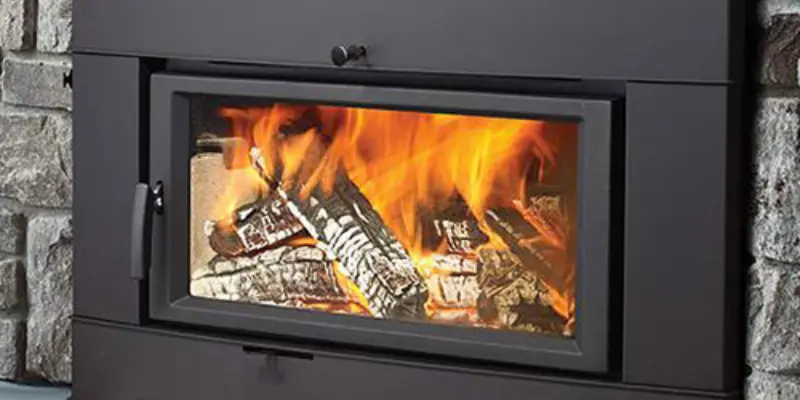When it comes to cozy nights by the fire, few things compare to the warmth and ambiance of a roaring fireplace. But for homeowners deciding between gas logs and traditional wood-burning setups, the choice isn’t always easy. Each has its own charm, benefits, and trade-offs—and the best option depends on your lifestyle, budget, and how you plan to use your fireplace.
At Go Chimney Sweep, we’ve helped countless homeowners maintain both gas and wood fireplaces. Let’s break down the key differences between the two to help you decide which one is right for your home.
The Classic Appeal of Wood-Burning Fireplaces
There’s something undeniably timeless about a real wood fire. The crackling logs, the natural scent of burning wood, and the dancing flames create a sensory experience that many homeowners love. For traditionalists, a wood-burning fireplace offers authenticity that gas just can’t replicate.
However, burning wood comes with a fair share of responsibility. It requires sourcing quality firewood, storing it properly, and maintaining a clean chimney to ensure safe operation. Wood fires also produce more smoke, soot, and creosote, which means regular chimney sweeping is a must to avoid fire hazards.
In terms of cost, firewood can be relatively inexpensive if sourced locally, especially if you have the means to chop your own. But over time, the costs of chimney maintenance, tools, and occasional repairs can add up. Still, for those who value tradition and ambiance, many say it’s worth it.
The Convenience of Gas Logs
On the other hand, gas fireplaces have surged in popularity—and for good reason. With the flip of a switch or the press of a remote, you can ignite a warm, consistent flame without the hassle of kindling or cleanup. Gas logs are a convenient option for those who want ambiance without the work.
There are two main types of gas logs: vented and ventless. Vented gas logs give a realistic flame and require a working chimney, while ventless options don’t need a flue and offer better heating efficiency—but often with less aesthetic realism. Both types offer excellent ease of use and low maintenance compared to wood.
Gas fireplaces are also cleaner. They don’t produce ash, creosote, or strong smoke odors, making them a great choice for those with allergies or sensitivities. Plus, they’re more environmentally friendly, burning cleaner fuels like natural gas or propane.
Safety Considerations
Both wood and gas fireplaces are safe when properly maintained—but the risks are different. With wood-burning fireplaces, chimney fires caused by creosote buildup are a real concern. Wood fires also require proper ventilation, and carbon monoxide exposure is a risk if chimneys are clogged or poorly maintained.
Gas fireplaces, while cleaner, come with their own set of safety issues. Gas leaks and carbon monoxide buildup are potential hazards, especially if the system isn’t installed or maintained correctly. That’s why professional installation and annual inspections are critical for gas fireplaces.
At Go Chimney Sweep, we perform safety checks for both systems. Whether it’s cleaning a soot-filled flue or checking for gas leaks and ventilation issues, our goal is to ensure your fireplace remains safe and functional.
Heat Output and Efficiency
When it comes to heating your home, efficiency matters. Wood-burning fireplaces lose a lot of heat through the chimney—some studies estimate up to 80% of the fire’s warmth escapes. Unless your fireplace has an insert or blower system, it’s not the most efficient source of heat.
Gas fireplaces, especially ventless models, are designed for better heat retention and distribution. Many come with thermostats and fan systems that help push warm air into the room, making them a practical choice for supplemental heating.
That said, wood can still produce a lot of heat, especially with seasoned hardwood and the right fireplace setup. But if heating efficiency is a top priority, gas has the edge.
Maintenance and Upkeep
Another major consideration is maintenance. Wood-burning fireplaces require regular sweeping to remove creosote and ash. You’ll also need to routinely clean your firebox, remove debris, and check for chimney damage or blockages. If neglected, wood fireplaces can become serious fire hazards.
Gas fireplaces are significantly easier to maintain. Annual inspections and the occasional cleaning are usually enough to keep everything running smoothly. There’s no ash to dispose of and no soot buildup to worry about—making them ideal for busy homeowners.
Environmental Impact
If you’re environmentally conscious, this might sway your decision. Burning wood releases more carbon monoxide, particulates, and volatile organic compounds than gas. While it’s a renewable resource, improper burning or using unseasoned wood can lead to higher emissions.
Gas fireplaces burn cleaner and release fewer pollutants. While natural gas is a fossil fuel, the overall carbon footprint is typically lower than wood-burning fires—especially if you’re running your fireplace often.
So, Which One Is Better?
The answer depends entirely on what you value most.
If you love the crackle of real flames, the smell of burning logs, and the ritual of building a fire, then a wood-burning fireplace may be right for you. Just be prepared for the extra maintenance and safety precautions.
If convenience, low maintenance, cleaner air, and better heat output are more important to you, then gas logs are likely the better choice. They’re perfect for families, busy households, or those looking for a practical and efficient heating source.
Need Help with Your Fireplace? We’re Here for You
Whether you’re using gas or wood, keeping your fireplace in top condition is key to enjoying it safely. At Go Chimney Sweep, we specialize in chimney inspections, cleanings, and safety evaluations for both gas and wood-burning systems. Not sure which is best for your home? Our experts are happy to offer honest advice based on your needs, budget, and lifestyle.
Contact Go Chimney Sweep today to schedule your service or consultation. Let’s keep your home warm, safe, and ready for cozy nights by the fire.

